To tailor vintage denim overalls, start by evaluating the fit—check for excess width and guarantee comfort. Use a seam ripper to open side seams and create new patterns from well-fitting jeans. Pin and baste before making cuts for precision. You might want to add darts to eliminate bagginess if necessary. Don’t forget to finish those raw edges to prevent fraying. If you’re feeling creative, incorporate fabric paint or patches for a personal touch. As you perfect your alterations, choose styling options that reflect your unique taste and versatility. Keep going, and you’ll discover even more exciting techniques to enhance your design!
Assessing the Fit
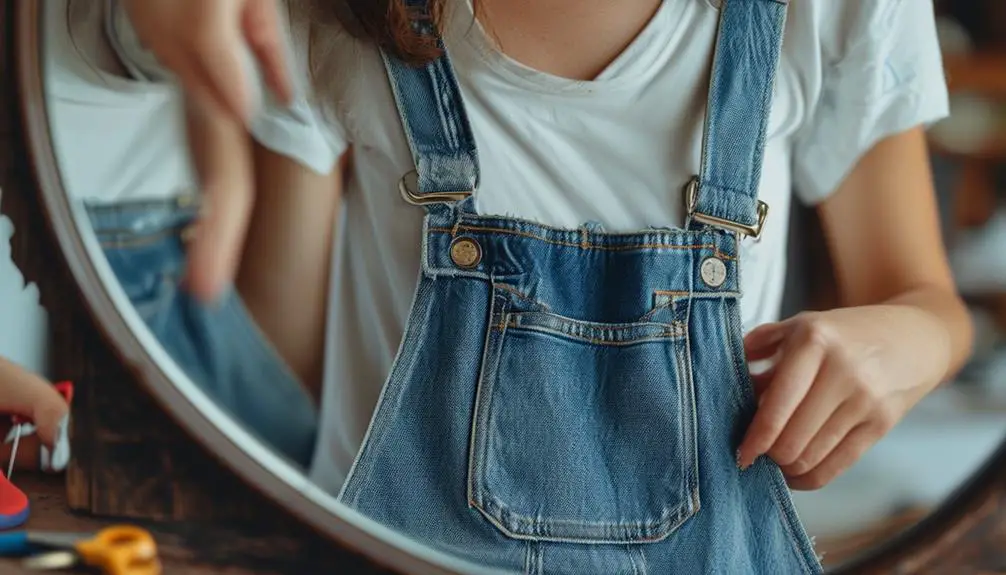
When trying on your vintage denim overalls, focus on how they fit your body by identifying areas that may feel too loose or tight. Pay special attention to the torso length and the width around your hips and thighs. If you notice about 3 inches (7.6 cm) of excess width on each side, that’s a signal for adjustment to achieve a more tailored look.
Next, check if your undergarments are visible, as fit issues can lead to social discomfort. This insight will guide you on where alterations may be necessary.
Don’t forget to assess the pockets—ensure they remain intact and functional post-alteration. Pockets aren’t just decorative; they add vital utility to your overalls.
Lastly, consider the thickness of the denim fabric when planning your alterations. Thicker materials require careful handling and specific techniques to maintain comfort while achieving that perfect fit.
Essential Tools and Materials
To achieve the perfect fit for your vintage denim overalls, having the right tools and materials on hand is fundamental. These items won’t only streamline your alterations but also guarantee that you maintain a proper seam allowance for a polished finish.
Here’s what you’ll need:
- Rotary Cutter: This tool provides precise cuts, guaranteeing clean edges and accurate sizing adjustments.
- Pattern Tracing Paper: Use this to create new patterns from well-fitting jeans, serving as a reliable guide for cutting and sewing.
- Seam Ripper: Essential for removing existing seams without damaging the fabric, allowing you to make effective adjustments.
- Indigo Dye Kit: Transform the color of your vintage overalls, covering stains and giving them a fresh look through dyeing.
With these fundamental tools and materials at your disposal, you can confidently initiate your tailoring journey.
Remember, paying attention to the seam allowance during alterations is critical for achieving a professional appearance.
Preparing for Alterations
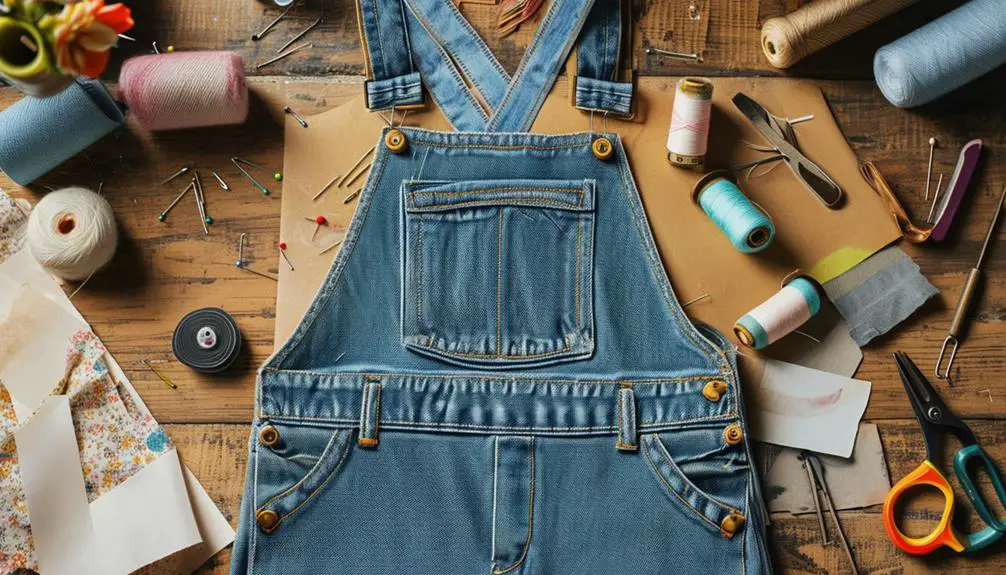
Before diving into the alteration process, take a moment to inspect your vintage denim overalls closely. Look for any existing damage, like holes or stains, that might need your attention before you start making adjustments. If you spot any issues, addressing them first will set you up for success.
Keep in mind that understanding the vintage clothing characteristics can enhance your approach to repairs. Next, grab your seam ripper to carefully remove any difficult snaps or seams that could hinder the alteration process. This step will make it easier to execute the changes you have in mind.
To guarantee a perfect fit, consider creating pattern pieces from well-fitting jeans. This way, you’ll have a reliable guide for sizing as you work on your overalls. Once you’ve traced your desired lines, pin and baste them before cutting. This helps visualize the adjustments and keeps everything aligned for an even fit.
As you plan your alterations, don’t forget about the overall design elements, like pockets and straps. You’ll want to retain the original aesthetic while improving fit and comfort.
If you have any questions during this process, let me know, and I’ll be happy to assist!
Making the Adjustments
Making adjustments to your vintage denim overalls can transform them into a perfect fit, and here’s how to get started. First, grab a seam ripper and carefully open the side seams. This will give you easier access to make those necessary adjustments.
Next, create pattern pieces from a well-fitting pair of jeans. Don’t forget to add an extra half inch for seam allowance so you can achieve that perfect fit. Once you’ve traced your lines, pin and baste them onto the overalls to guarantee everything is even before you cut.
Consider adding fisheye darts down the sides to eliminate any excess width while keeping the side seams and pockets intact for functionality. This technique not only enhances the fit but also maintains the overall style of your overalls.
Finally, after making your adjustments, finish those raw edges with a serger or a zigzag stitch. This step will prevent fraying and maintain the durability of the denim fabric, assuring your tailored overalls last for years to come.
- Use a seam ripper to open side seams
- Create pattern pieces from well-fitting jeans
- Pin and baste traced lines for precision
- Add fisheye darts to remove width
Dyeing Techniques for Overalls
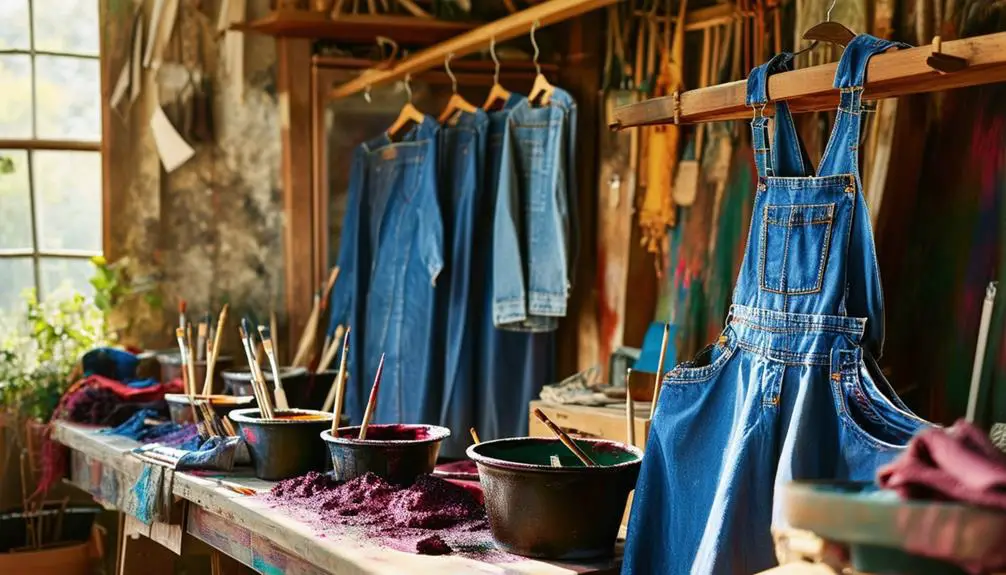
Have you ever thought about how a splash of color can breathe new life into your vintage denim overalls? Dyeing techniques offer an exciting way to transform your overalls into a unique piece that reflects your personal style. One popular method is indigo dyeing, a natural dye that changes from lime green to vibrant blue when exposed to air.
Additionally, vintage clothing often showcases distinctive styles and trends from various eras, which can inspire your dyeing choices, such as incorporating patterns reminiscent of vintage designs. Before you jump in, patch any holes or frayed areas to guarantee a smooth, clean finish.
As you start the dyeing process, remember that achieving darker shades might require multiple applications. The initial wet appearance can be misleading, so don’t judge the color until it’s completely dry. It’s also essential to pre-treat any grease stains, as they may become more visible after dyeing.
Always follow the specific instructions on your dye kit, as different brands often have varied requirements for achieving ideal color saturation. With the right technique, you’ll not only enhance your vintage denim overalls but also create a one-of-a-kind piece that showcases your individual style.
Adding Creative Design Elements
Adding creative design elements to your vintage denim overalls can transform them into a true expression of your personality.
You’ll find that incorporating unique touches not only enhances their look but also makes them one-of-a-kind. Here are some ideas to get you started:
- Fabric Paint: Use vibrant colors to create personalized designs or patterns. This is a fantastic way to let your creativity shine.
- Stencils: For a clean and professional finish, apply stencils with motifs like cat silhouettes or floral designs. This guarantees consistent application.
- Hand Embroidery: Grab some cotton sulky petite floss and hand-embroider patches. This adds texture and character, while also covering any imperfections.
- Patchwork Elements: Sew contrasting fabric pieces onto your overalls for a trendy touch. The raw edges can create a fun, bohemian vibe.
You can also experiment with layering techniques by introducing lace or mesh under the hem or pockets.
This elevates your look and adds a fashion-forward flair. With these creative design elements, your vintage overalls will surely stand out in a crowd!
Finalizing the Tailoring
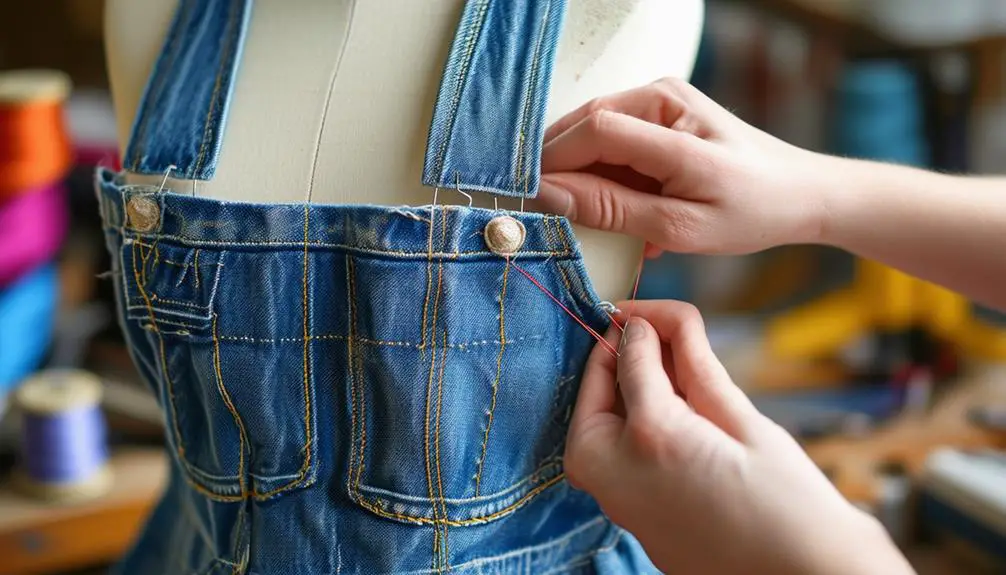
Once you’ve put your personal stamp on your vintage denim overalls, it’s time to wrap up the tailoring process. Start by confirming all your alterations are accurately pinned and marked. This way, you maintain the fit and style you’ve envisioned.
When it comes to sewing, use a heavy-duty needle on your machine; denim can be tough, and this would make a significant difference in the outcome. As you work, try on the overalls multiple times. This helps you assess the fit and make necessary tweaks before finalizing hems and seams.
Don’t overlook the pockets; their placement should remain functional and visually appealing. Confirm you don’t disrupt their alignment during the tailoring process.
To finish, give your overalls a polished look by adding any desired touches, like topstitching or decorative elements. These enhancements would make your overalls stand out while keeping the structure intact.
Styling Your Refashioned Overalls
Refashioned vintage denim overalls offer a canvas for showcasing your unique style, and the right outfit can transform them into a fashion statement. To make the most of your pair of overalls, consider these styling tips that blend comfort with flair:
- Pair with a fitted crop top or tucked-in t-shirt: This creates a balanced silhouette that highlights your waist and adds a trendy touch.
- Layer with a long-sleeve shirt or lightweight sweater: Perfect for shifting into cooler weather while keeping a stylish, casual vibe.
- Accessorize with statement jewelry: Bold earrings or layered necklaces can elevate your overall aesthetic and add a personal touch.
- Experiment with footwear: Choose chunky sneakers for a relaxed look or ankle boots for something more polished, enhancing the versatility of your overalls.
Don’t forget to incorporate colorful belts or sashes to cinch your waist, drawing attention to your personal style.
With these tips, your refashioned overalls can become a standout piece in your wardrobe, reflecting your individuality while ensuring you feel as good as you look.
Sharing Your Upcycled Fashion
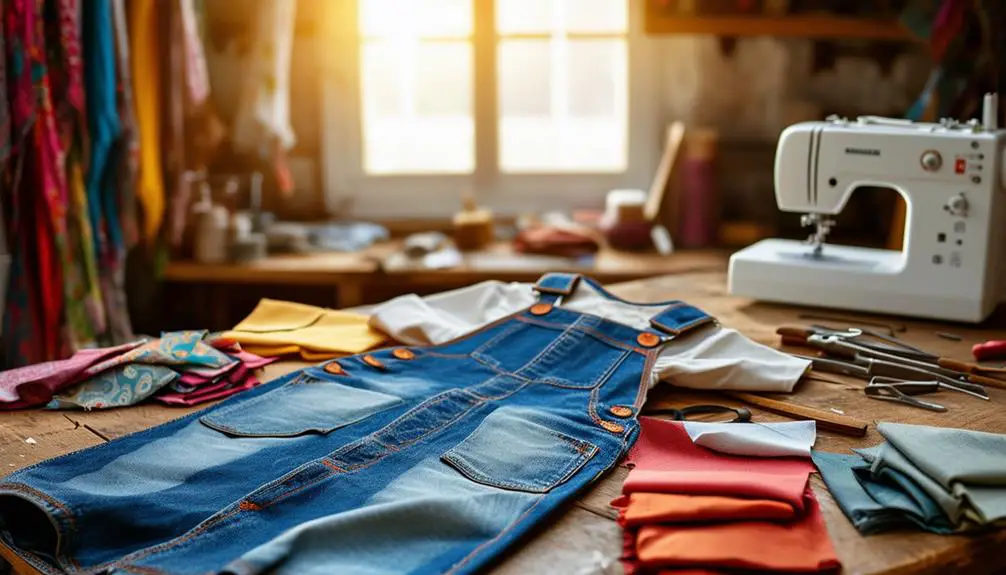
Sharing your upcycled fashion journey can spark creativity and foster connections within the sustainable fashion community. By posting your vintage denim overalls transformation on social media, you can inspire others to explore their own DIY projects.
TikTok, for instance, has seen videos showcasing overall alterations rack up impressive views—like 120K for quick hacks. Additionally, understanding the history behind your vintage pieces can enhance their value and authenticity, making your project even more meaningful. Exploring vintage tag identification can provide insights into the provenance of your denim overalls.
Document your process with engaging before-and-after photos. This not only highlights your creativity but also encourages your audience to interact and share their own stories. Utilize relevant hashtags like #SustainableFashion and #UpcycledDIY to increase your visibility and connect with fellow enthusiasts who share your passion.
Engage with online forums dedicated to upcycled fashion, where you can exchange tips, gain feedback, and celebrate successes together. Consider hosting workshops or creating tutorials to share your skills.
These activities not only promote sustainable practices but also build a sense of community.
Frequently Asked Questions
What to Do if Your Overalls Are Too Big?
If your overalls are too big, start by measuring the excess fabric and removing the side seams. Pin and baste a new seam line, then sew for a snugger, more flattering fit without losing style.
How Do You Make Denim Overalls Smaller?
To make denim overalls smaller, start by removing side seams carefully. Use well-fitting jeans as a pattern, adjust the fit by adding darts, and finish raw edges to guarantee durability and maintain the overall design.
Can a 60 Year Old Woman Wear Denim Overalls?
Absolutely, you can rock denim overalls at 60! Pair them with fitted tops or trendy accessories to enhance your look. Embrace comfort and style—adjustable straps and a relaxed fit make them perfect for you.
How Can I Make My Overalls More Flattering?
You can make your overalls more flattering by adding a belt to define your waist, rolling or cuffing the hem for a chic touch, and incorporating decorative elements like patches to personalize your style.
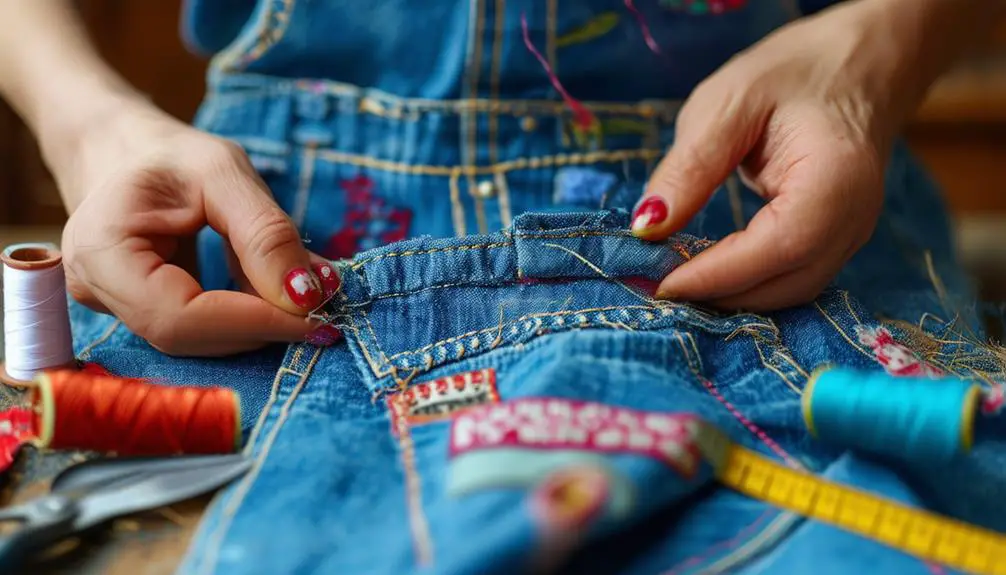

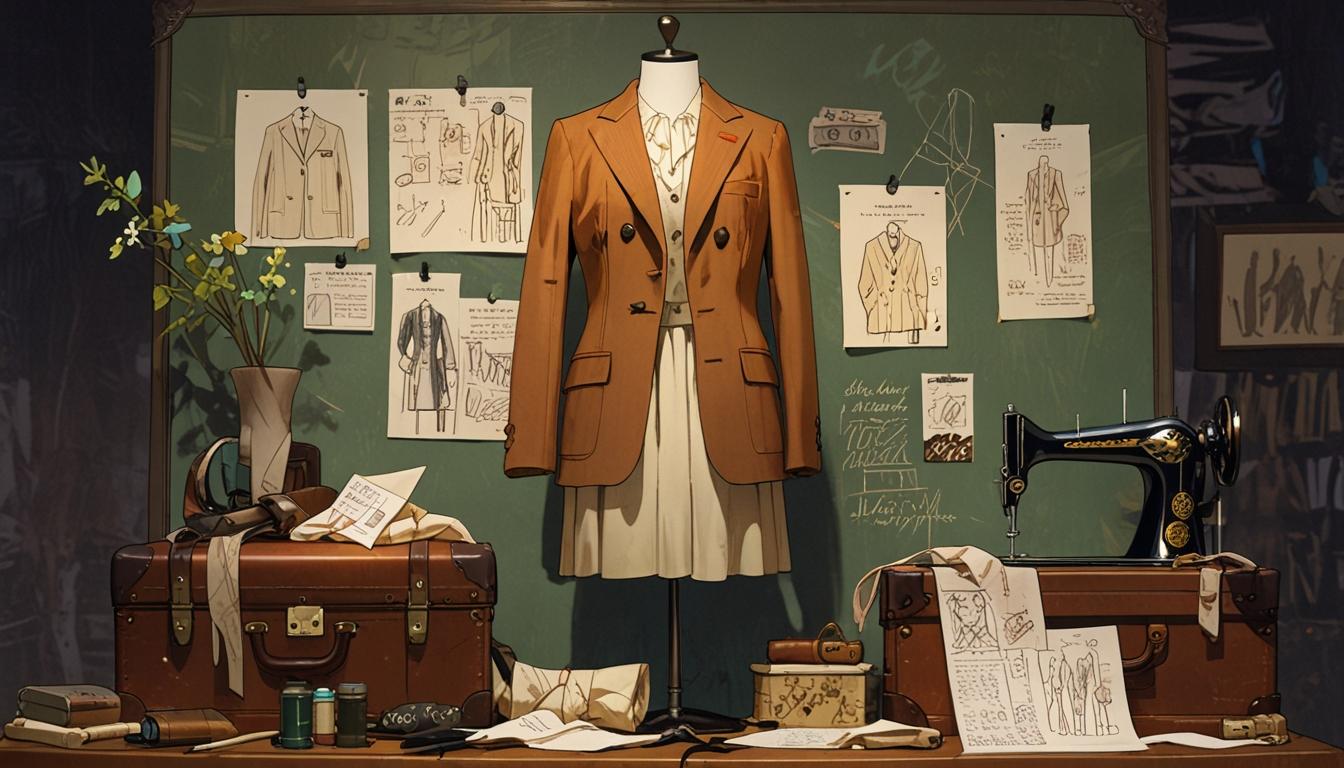
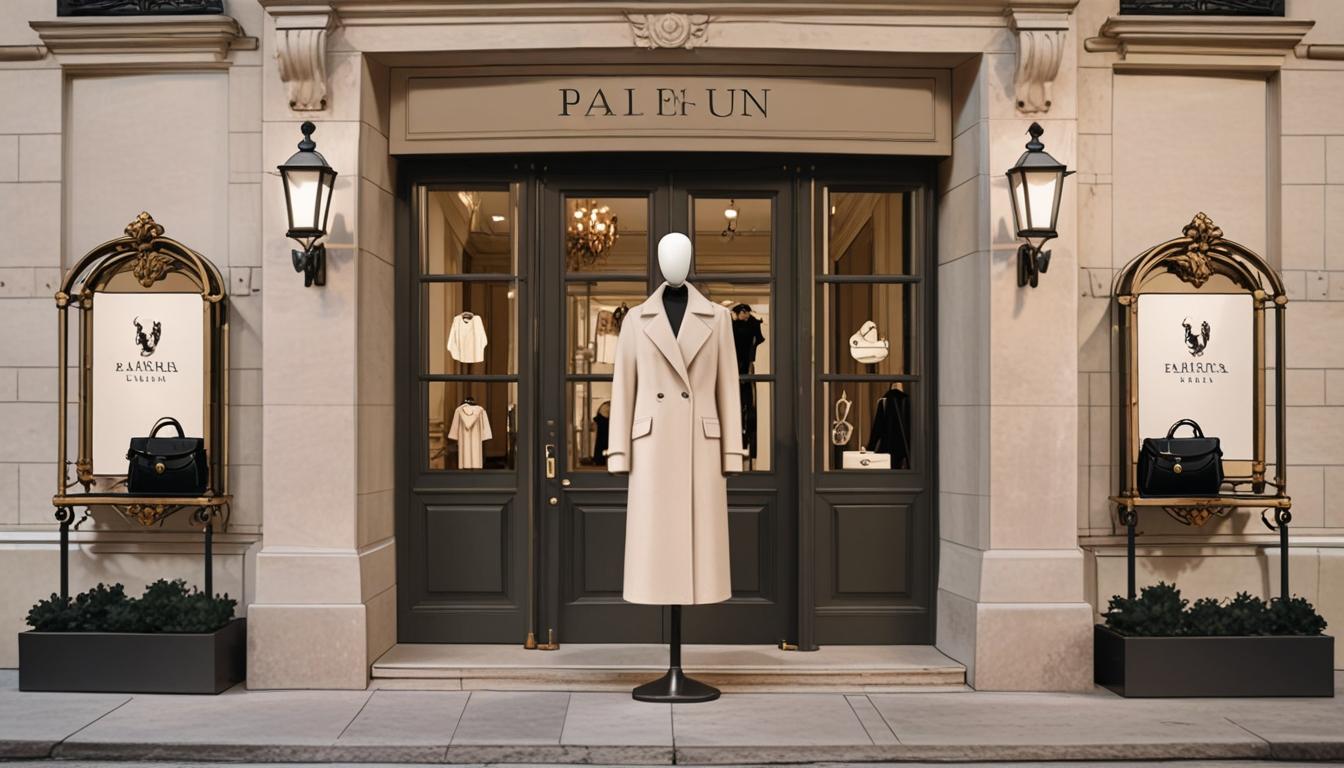

Greate article. Keep writing such kind of info on your site.
Im really impressed by your blog. Hey there, You have done a great
job. I will certainly digg it and individually suggest to my friends.
I’m confident they’ll be benefited from this web site.
casino en ligne
Hmm it looks like your website ate my first comment (it was extremely long) so I guess I’ll
just sum it up what I submitted and say, I’m thoroughly enjoying your
blog. I as well am an aspiring blog writer but I’m still new to everything.
Do you have any tips and hints for rookie blog writers?
I’d definitely appreciate it.
casino en ligne
Ahaa, its good dialogue about this paragraph at this place at this
weblog, I have read all that, so at this time me also commenting here.
casino en ligne
It’s in point of fact a great and helpful piece of info.
I am satisfied that you shared this useful information with us.
Please keep us informed like this. Thank you for sharing.
casino en ligne
I must thank you for the efforts you have put in writing this website.
I really hope to view the same high-grade blog posts by you later on as well.
In truth, your creative writing abilities has inspired me to get my own, personal site now 😉
casino en ligne
This article offers clear idea in support of the new
people of blogging, that actually how to do blogging.
casino en ligne
If some one wishes expert view concerning running a blog afterward
i propose him/her to visit this web site, Keep up the
fastidious work.
casino en ligne
Amazing blog! Do you have any helpful hints for aspiring writers?
I’m planning to start my own site soon but I’m a little lost on everything.
Would you propose starting with a free platform
like WordPress or go for a paid option? There are so many options out there that I’m totally
confused .. Any ideas? Kudos!
casino en ligne
When I initially commented I clicked the “Notify me when new comments are added” checkbox and now each
time a comment is added I get four e-mails with the same comment.
Is there any way you can remove people from that service?
Thanks!
casino en ligne
You can certainly see your expertise in the article
you write. The sector hopes for even more passionate writers such as
you who aren’t afraid to mention how they believe. Always follow your heart.
casino en ligne
vintageclothingguides.com
vintageclothingguides.com
vintageclothingguides.com
vintageclothingguides.com
vintageclothingguides.com
How to Tailor Vintage Denim Overalls – VCG
How to Tailor Vintage Denim Overalls – VCG
How to Tailor Vintage Denim Overalls – VCG
How to Tailor Vintage Denim Overalls – VCG
How to Tailor Vintage Denim Overalls – VCG
How to Tailor Vintage Denim Overalls – VCG
How to Tailor Vintage Denim Overalls – VCG
How to Tailor Vintage Denim Overalls – VCG
How to Tailor Vintage Denim Overalls – VCG
How to Tailor Vintage Denim Overalls – VCG
How to Tailor Vintage Denim Overalls – VCG
How to Tailor Vintage Denim Overalls – VCG
How to Tailor Vintage Denim Overalls – VCG
How to Tailor Vintage Denim Overalls – VCG
How to Tailor Vintage Denim Overalls – VCG
How to Tailor Vintage Denim Overalls – VCG
How to Tailor Vintage Denim Overalls – VCG
How to Tailor Vintage Denim Overalls – VCG
How to Tailor Vintage Denim Overalls – VCG
Dear vintageclothingguides.com webmaster, Your posts are always a great source of information.
Lakesha Autry
Mora Baxter
Rhea Olive
Dave Kean
Yolanda Cronin
Sabine Fyans
Thanh Nugan
Armando Whitesides
Kaley Morgans
Debbra Aleman
Muhammad Savery
Robert Guardado
Novella Lively
Noella Worthy
Bernadine Rowan
Francisca Utley
Genia Cassidy
John Schumacher
Cecile Cardella
Louella Gold
Jeanett Honey
Alica Smerd
Valeria Baeza
Kitty Helm
Tony Kincaid
Minda Mullet
Ted Jewett
Mavis Silvestri
Hello vintageclothingguides.com administrator, Thanks for the informative and well-written post!
Hello vintageclothingguides.com administrator, Thanks for the well-researched and well-written post!
Dear vintageclothingguides.com administrator, Thanks for the informative post!
Dear vintageclothingguides.com owner, Thanks for the comprehensive post!
Hello vintageclothingguides.com administrator, Your posts are always informative and well-explained.
Edith Funderburk
Elisa Socha
Alena Mariano
Angelia Pietrzak
Geri Hardwick
Kasey Wylly
Columbus Beuzeville
James Harwood
Gerard Northrup
Paulette Crossland
Gilberto Fishman
Shirley Heron
Sherman Caskey
Titus Dixson
Lorie Tarczynski
Kory Petherick
Elvin Barnhill
Rolland Chambers
Brittny Vidler
Carlton Collette
Willie Hunger
Dorothy Mccool
Leonardo Hilyard
Adrianna Gair
Ronald Houston
Christiane Bligh
Carey Lane
Alfonzo Baskin
Isobel Oden
Marianne Melendez
Sima Michaelis
Lionel McAuley
Loretta Jacobs